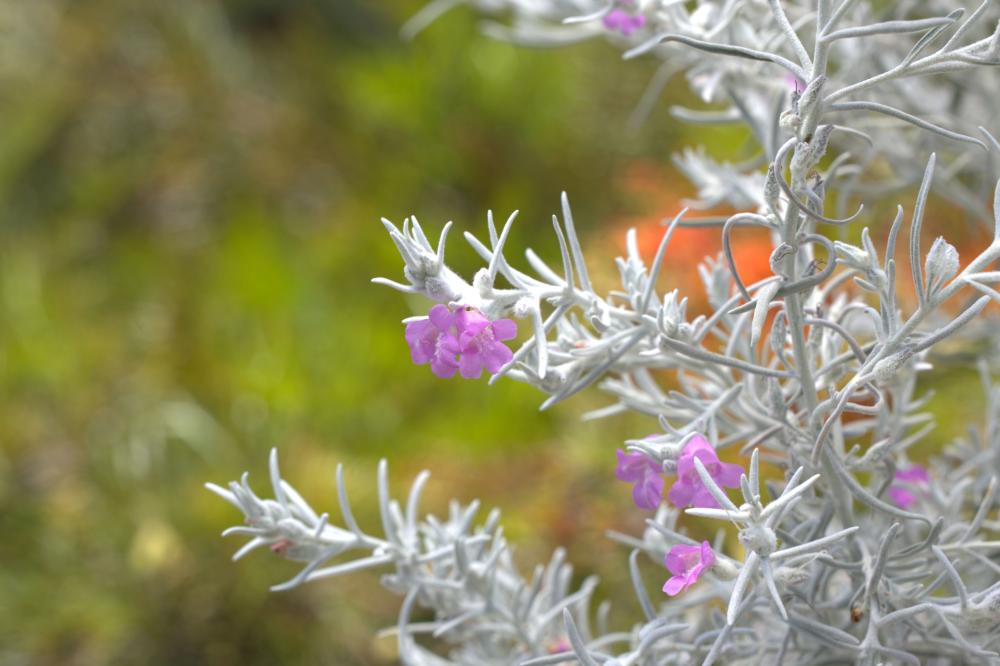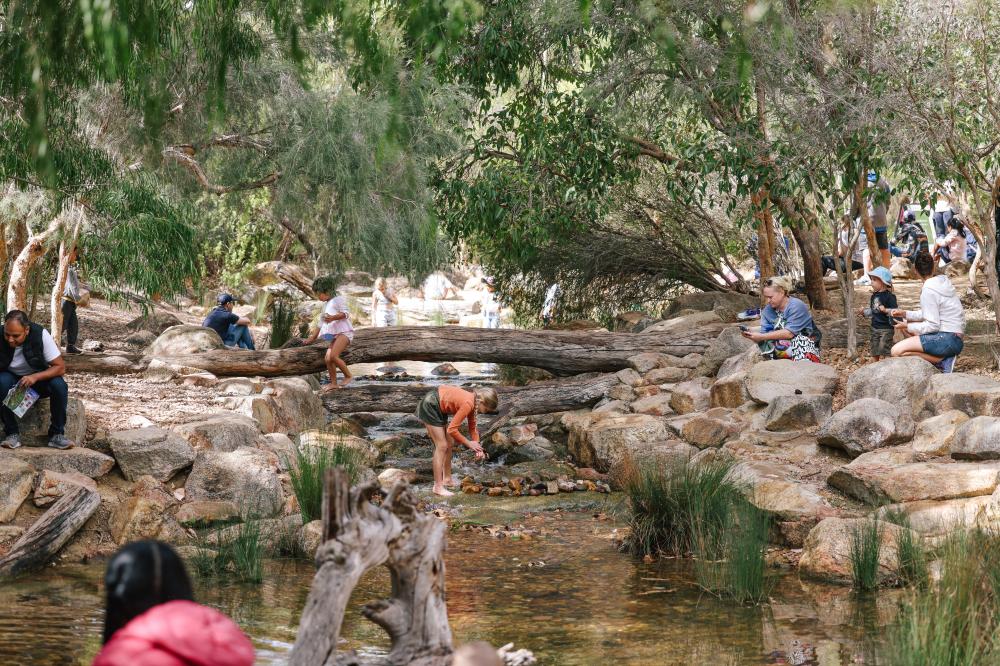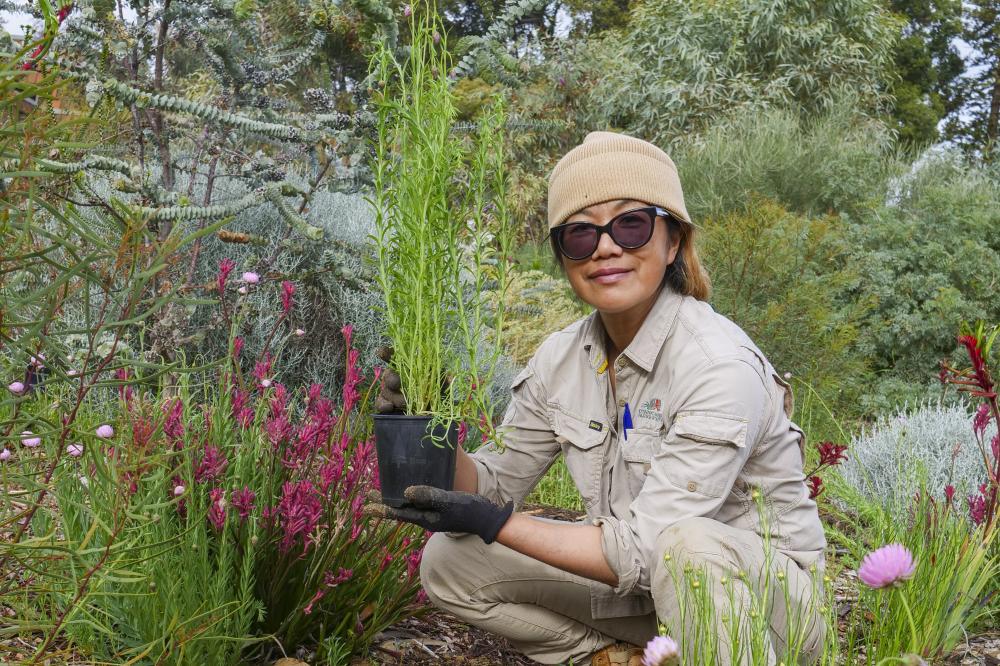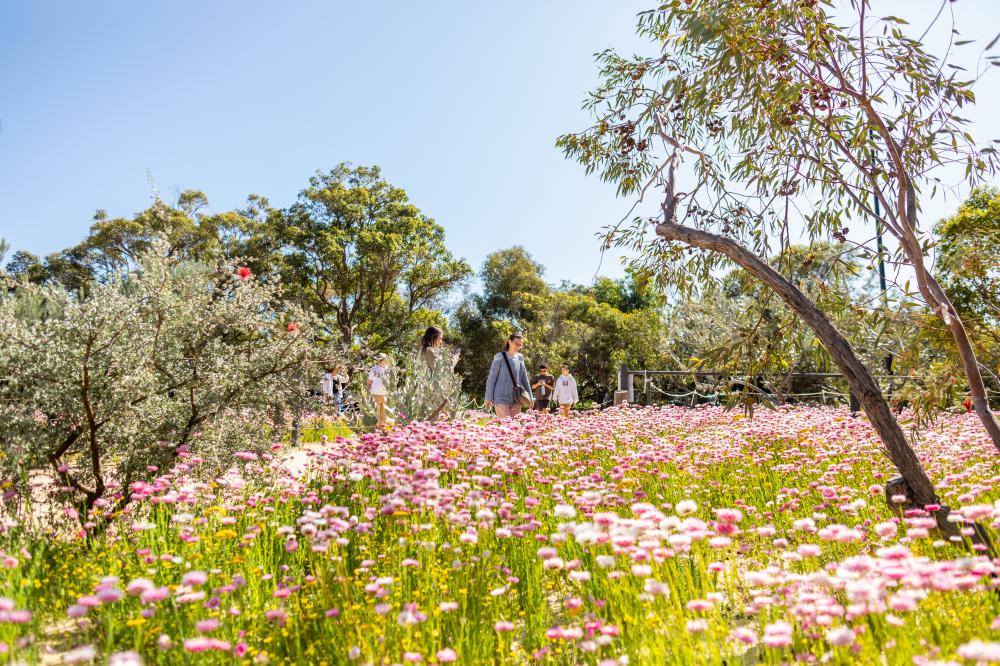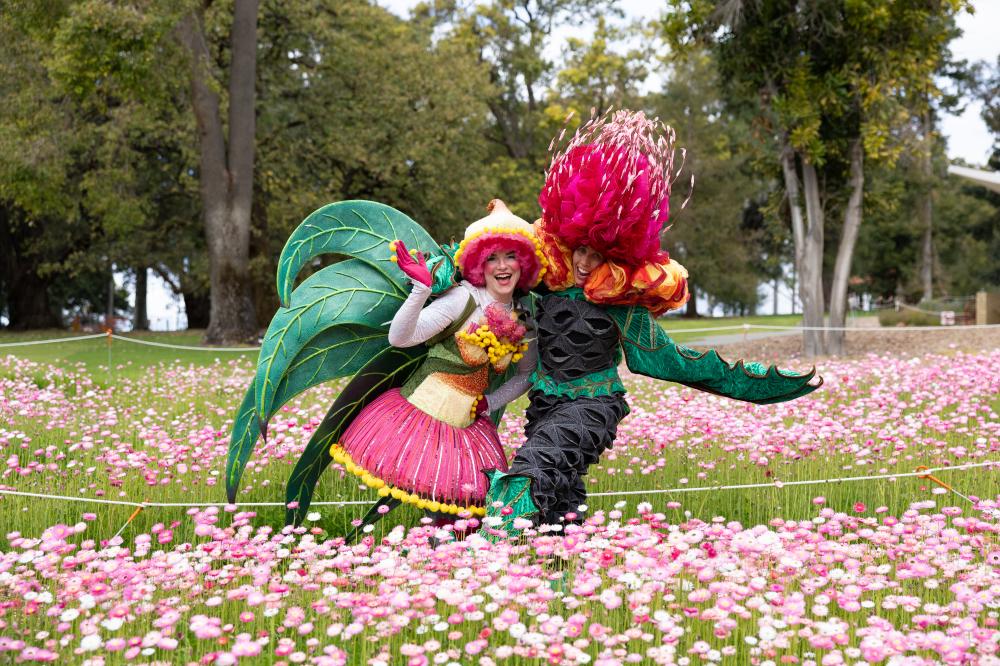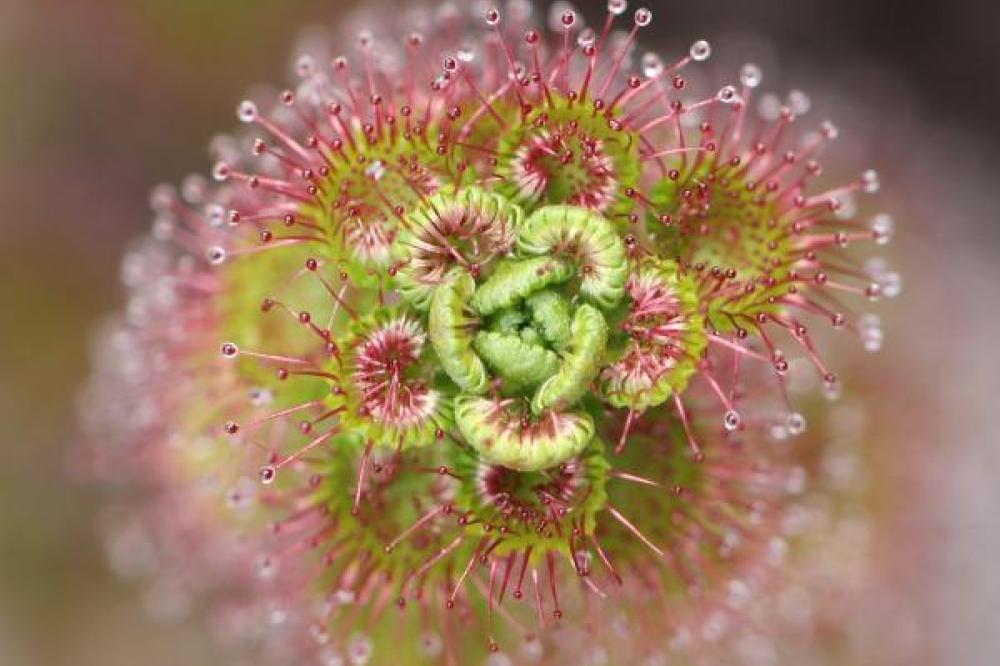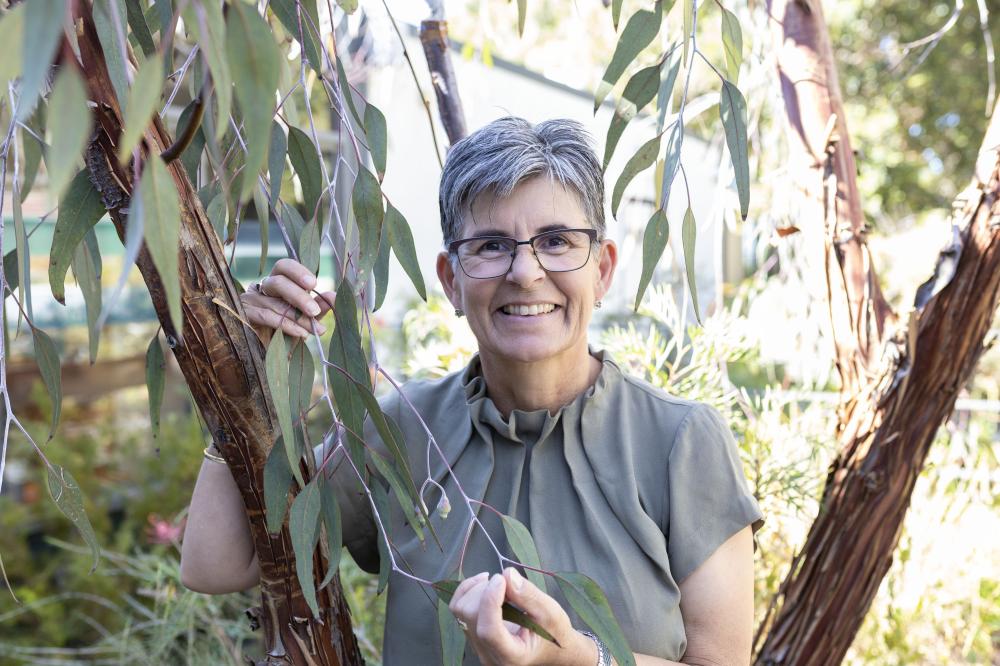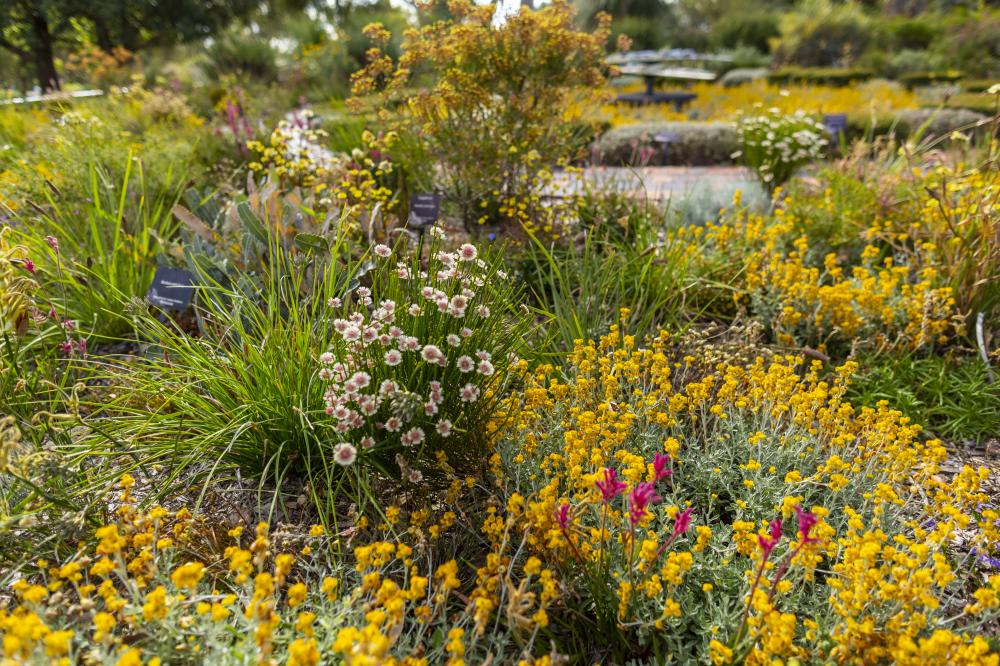Event parking changes for the health of our trees
The majestic tree-lined Honour Avenues are an iconic feature of Kings Park, and a significant memorial space for West Australians who made the ultimate sacrifice in war. However, as the number of visitors to Kings Park increases, so do problems for our trees.
Regular visitors to major events held in Kings Park may have noticed changes in parking availability, with the verges of the park’s internal roads being closed to vehicles, including for parking, over the last few years.
As summer approaches, patrons attending concerts in Kings Park will also find that parking has been restricted on these verges. Whilst in the past visitors have been able to park on the roadside of Forrest and Lovekin Drives, unfortunately the impact of this high traffic is showing signs of damage to our plants and soil.
Parking heavy vehicles at the base of trees compacts soil, which can damage tree roots. As soon as cars leave the pavement, there’s also the risk of soil diseases such as dieback, that may be carried on off-road vehicles, being transferred straight to tree root zones.
Whilst invisible to many visitors, soil health is fundamental to plant health, and compacted soils not only impact the growth and function of our plants, but increase the impacts of a changing climate.
Vehicle movement on the Honour Avenues is additionally a major biosecurity risk. It has long been understood by avid bushwalkers to stick to trails and clean boots to reduce the spread of soil diseases like Phytophthora (dieback), however the movement of vehicles, and increased runoff from compacted soils upslope is likely to have spread Phytophthora within Kings Park.
Fortunately, our native bushland and trees are resilient, and the health of these areas can be improved - with the support of our visitors. All visitors to Kings Park can play their part by reducing vehicle movement on roadside verges and parking in sealed carparks. Beyond Wadjuk carpark, there are many other carparks within walking distance of the Western Australian Botanic Garden, including Jorang and Poolgarla carparks.
Utilising a rideshare service, catching public transport or cycling to Kings Park are all sustainable ways to reduce cars in the park. Transperth bus route 935 travels from St Georges Terrace right into the heart of the park to Wadjuk carpark. The Blue CAT bus travels between Perth Busport and Kings Park, via Perth Station and the Elizabeth Quay Bus Station.
With threats to trees across Perth increasing from factors such as a drying climate, biosecurity risks and land clearing, it’s important that we do everything we can to protect the ones we’ve got. Help protect the trees of Kings Park by changing the way you park this summer event season, so these trees can live on for many event seasons to come.

